
Web real-time communication (WebRTC) is a web-based open source application supporting browser to browser real-time communication. It is an open source application programming interface (API) originated by the World Wide Web Consortium (W3C). WebRTC is compatible with HTML, TCP/IP, and HTTP protocols and uses multiple codecs for smooth transfer of voice, video, and data. At present, Google Chrome, Mozilla Firefox, Opera, and Microsoft IE support WebRTC communication. Global demand for WebRTC is expected to increase largely due to a rise in its application in end-use sectors such as telecom, IT, e-commerce, and others. The market is expected to see substantial revenue realization in the coming years. It is expected to grow at a gentler rate till 2021 due to reluctance from end-users for the adoption/implementation of WebRTC. WebRTC provides a time-efficient, easily accessible, and encrypted commercial telephony system. It is an open source API and can be easily accessed by application developers. This has led to significant adoption of WebRTC in developing communication solutions at a lower cost compared to traditional systems. WebRTC does not depend on the platform and device on which it is integrated, which is anticipated to attract global customers. In recent years, there has been an increase in the number of WebRTC users in the mobile application. For example, Snapchat (which just passed 60 million daily active users) uses WebRTC to power its video calling feature. It has no Web app for its main features.
Telecom companies have been realizing the promising potential of Web Real-Time Communication (WebRTC) in exploring new avenues in the video and audio communication in real time. The simplification that the related APIs provide user-friendly video communication. A prominent example attracting attention of aspiring companies in the WebRTC market is video communication. The drive for new approaches to business communication is a key trend boosting avenues in the WebRTC market. The two prominent benefits are low-latency delivery and interoperability. Companies offering video communication have made disruptive strategic moves in the past few years. New engagement strategic have emerged in the gaming industry among developers. The growing demand for peer-to-peer communications using WebRTC is an emerging trend in the WebRTC market.
During the current Covid-19 crisis this is gaining groundswell of interest among enterprises of all sizes around the world. The adoption of time-critical cloud infrastructures in RTC is another key developmental trend in the WebRTC market. The demand of WebRTC has risen notably in e-commerce sector. Other end-use industries that are capable of expanding the revenue potential considerably are media and entertainment and BFSI sectors. Growing research in P2P video conferencing systems has also helped expand the prospect in the WebRTC market.

The WebRTC market is expected to be driven by demand for real-time communication applications. Real-time communications (RTC) defines methods for delivering interactive voice, video, and data on demand real-time. It provides the functions of both data communications and telecommunications in new contexts and platforms, of which mobile is becoming the predominant mode. In recent years, real-time Internet applications have been taken into consideration in order to provide quality of service (QoS) requirements. For real-time media, application designers are mainly concerned with temporal properties such as jitter, delay, bandwidth, and synchronization and reliability properties such as ordered delivery, error-free delivery, and fairness.
In order to achieve such efficiency, industries across the globe are focusing on introducing real-time communication applications that can provide multiple advantages such as network reliability, security, efficiency, timeliness, and peer-to peer. Additionally, a rise in security budgets is driving the WebRTC market. Almost all industry verticals in the modern age require computers and the Internet to execute their work. Increase in the use of the worldwide web opens leads to data breaches and attracts cyberattacks on end-users. With high internet penetration in recent times, there has been a rise in data and identity theft and the use of ransomware. A major restraint of the WebRTC market is interoperability challenges and disruptive competition. Nevertheless, increase in demand for cloud telephony is anticipated to offer opportunities to the WebRTC market.
Major players operating in the WebRTC market include Acano Ltd., Google Incorporation, TokBox, Twilio, Avaya, Inc., Cafex Communications Inc., Citrix Systems Inc., Dialogic Corporation, Frozen Mountain, Genband US LLC, Oracle Corporation, Quobis Networks, S.L, Sinch AB, and TeleStax, Inc.
About Author: @Nikita Godse: Nikita is a Technology Research & Market Enthusiast. Follow Nikita on Witanworld to get more technology research and insights.







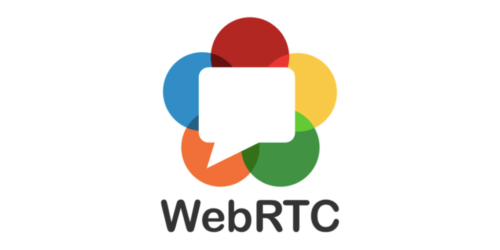

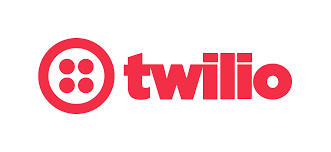
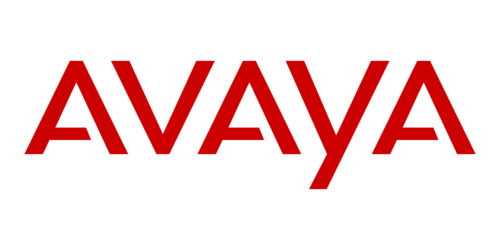

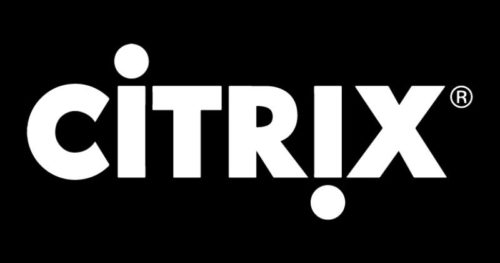


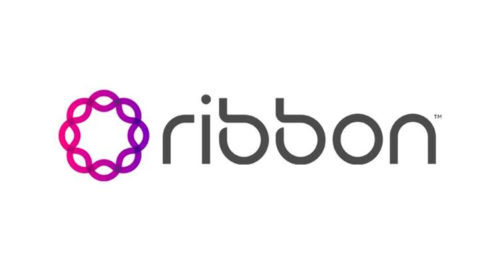

Leave a Reply